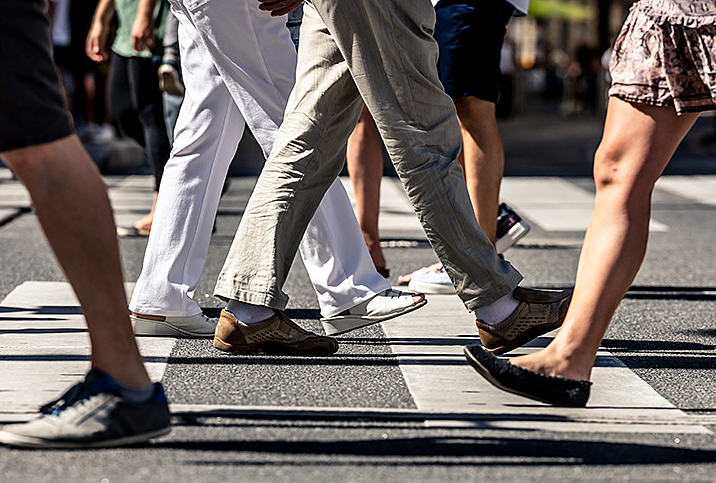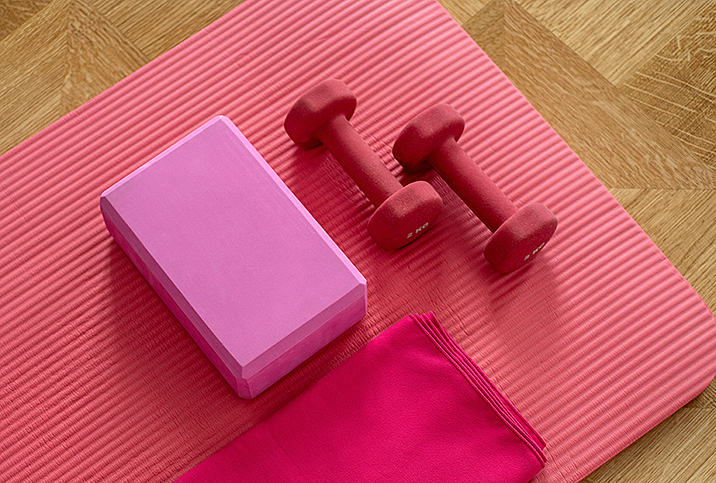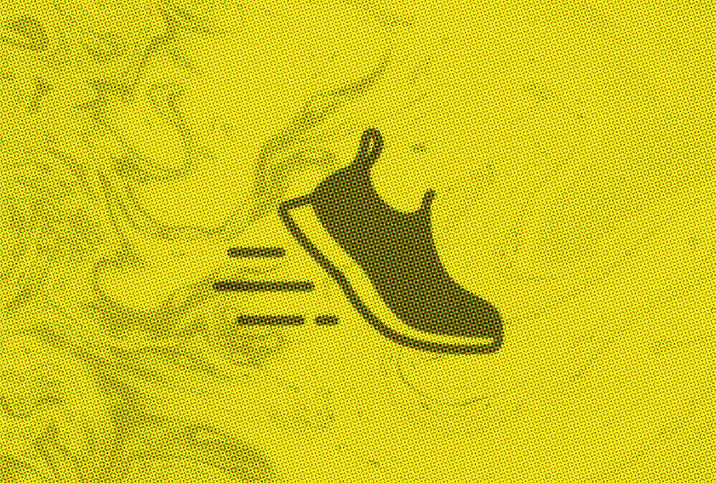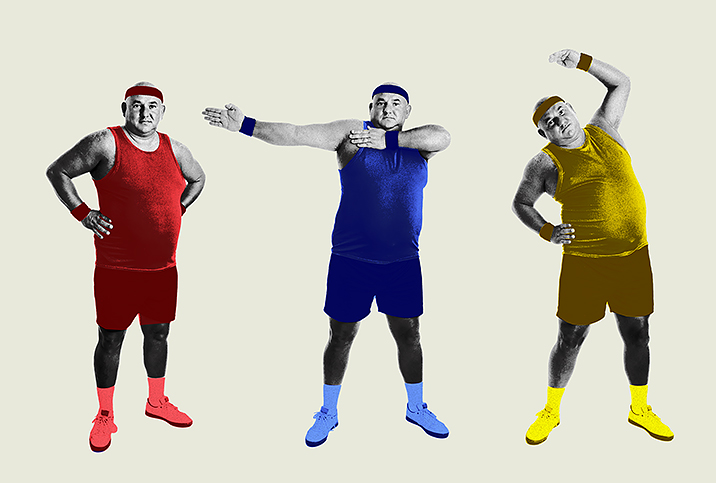Is Running a Good Choice for Major Weight Loss?
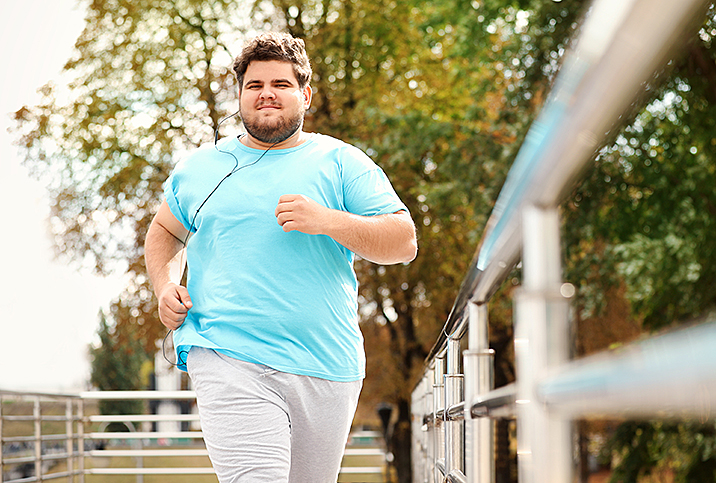
Running is the first activity many people turn to when trying to lose weight. But, depending on how much weight you're trying to lose, relying on running alone isn't necessarily the safest or most effective choice.
The most common running injuries
Running is an intense workout with a high rate of injury. Most running injuries occur at the knee or below, in areas including the shins, ankles and feet.
A review of several studies identified the most common running-related injuries as follows:
- Achilles tendinopathy: Swelling, stiffness and pain between the heel and calf muscle
- Patellofemoral syndrome: Damage to the cartilage under the kneecap that causes pain
- Ankle dorsiflexors tendinopathy: Ankle weakness, usually seen in people over age 45
- Patellar tendinopathy: Painful inflammation between the shinbone and the kneecap
- Medial tibial stress syndrome: Tiny tears in the muscle and bone of the front lower leg, also known as "shin splints"
- Quadriceps muscle injury: Strain in the front upper leg muscle
- Trochanteric bursitis: Hip pain caused by inflammation of the fluid-filled sac of the hip joint
How body weight affects running
Having a higher BMI can affect your running form and your vulnerability to certain types of injury and further health conditions. Combining high-impact exercise and a heavier body weight puts additional stress on lower-body joints, raising the risk of osteoarthritis—the most common joint disorder—later in life. Our knees bear 1.5 times the force of our body weight when walking on level ground. This pressure increases as we travel on an incline or increase our speed. For example, the knees of a 150-pound person uphold the equivalent of 225 pounds when walking.
Contrary to what people may assume, studies have found overweight and obese runners have a 12 to 13 percent lower rate of knee injuries than lower-weight runners. However, cumulative damage can lead to issues down the line. It's important to find a running routine that protects against both short- and long-term harm to the body. With a mindful approach to training, the benefits of running can be accessible to people of all shapes and sizes.
Strategies to avoid running injuries
Anyone can fall victim to a running injury, including new and experienced runners, long-distance runners and sprinters, children, adults and people who are underweight or overweight. Most running injuries are related to overuse or doing too much too soon.
Cross-training with lower-impact activities such as swimming, biking, walking or yoga can lessen the effects of harmful repetitive running motions. Regular stretching improves mobility and coordination, helping prevent future injuries. Track your workouts or follow an established training program to pace yourself for continued progress.
Other ways of lowering your chance of getting hurt include:
- Healthcare visits: If you have health conditions like osteoporosis, heart disease, diabetes or arthritis, ask your healthcare provider if running is a good exercise for you.
- Sneakers: Find a quality pair of running shoes with the help of an associate at an athletic store.
- Strength training: Do whole-body resistance exercises every few days to create a strong foundation for running.
- Treat your body well: Use a foam roller for self-massages, roll a tennis ball under your foot and ice sore areas to encourage healing and prevent injury.
If you have a challenging workout and need an extra day to recover, feel free to give yourself a day or two of downtime. Run for shorter distances, and incorporate periods of walking and jogging. Take your time building up your endurance, speed and strength.
Don't rely on exercise alone
There's a common saying that "you can't outrun your fork." Underestimating the impact of food will make it harder to lose weight if that's what you're aiming for. Instead of trying to "repent" for indulgences with extra running (which may lead to injuries and setbacks), work on balancing your food intake by paying attention to your natural fullness and hunger signals.
Focusing on nutritious and filling foods, like those high in protein, will supply your body with the fuel necessary to recover from exercise and prevent injuries from slowing you down.












